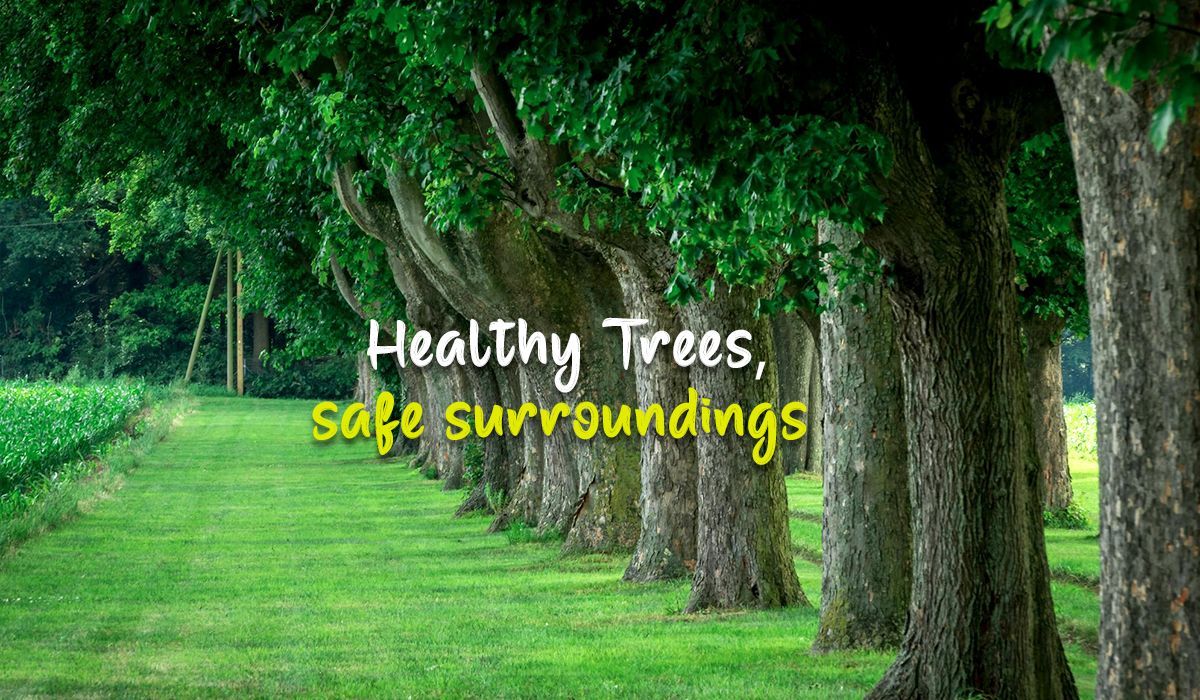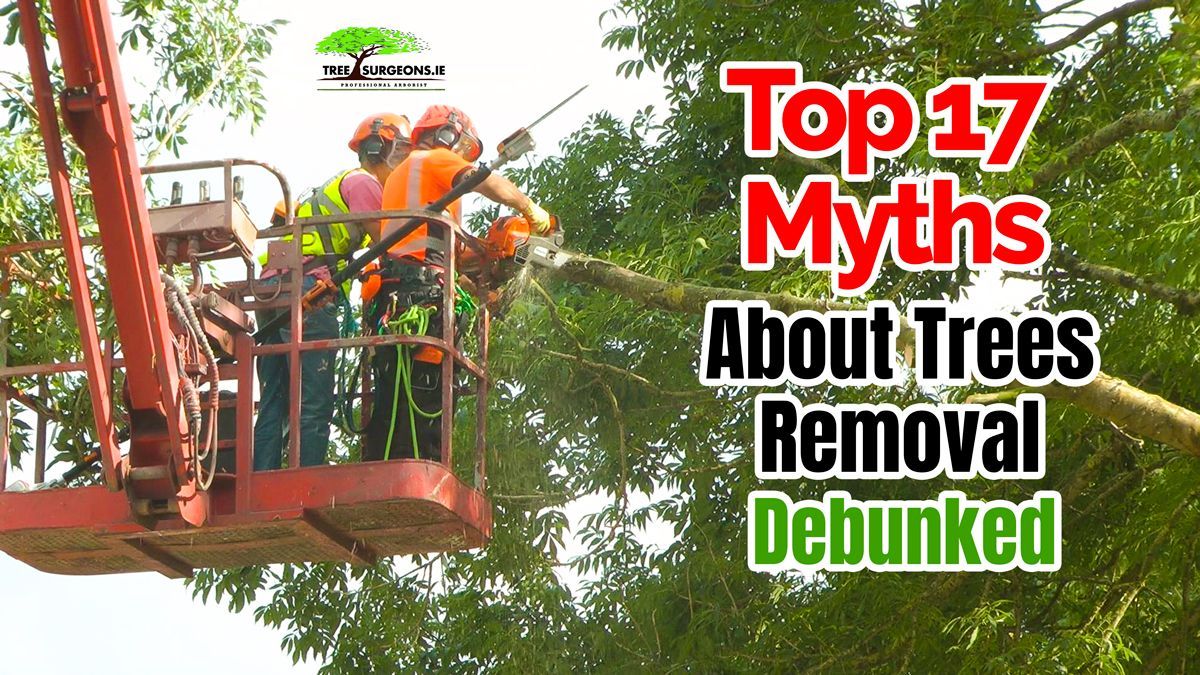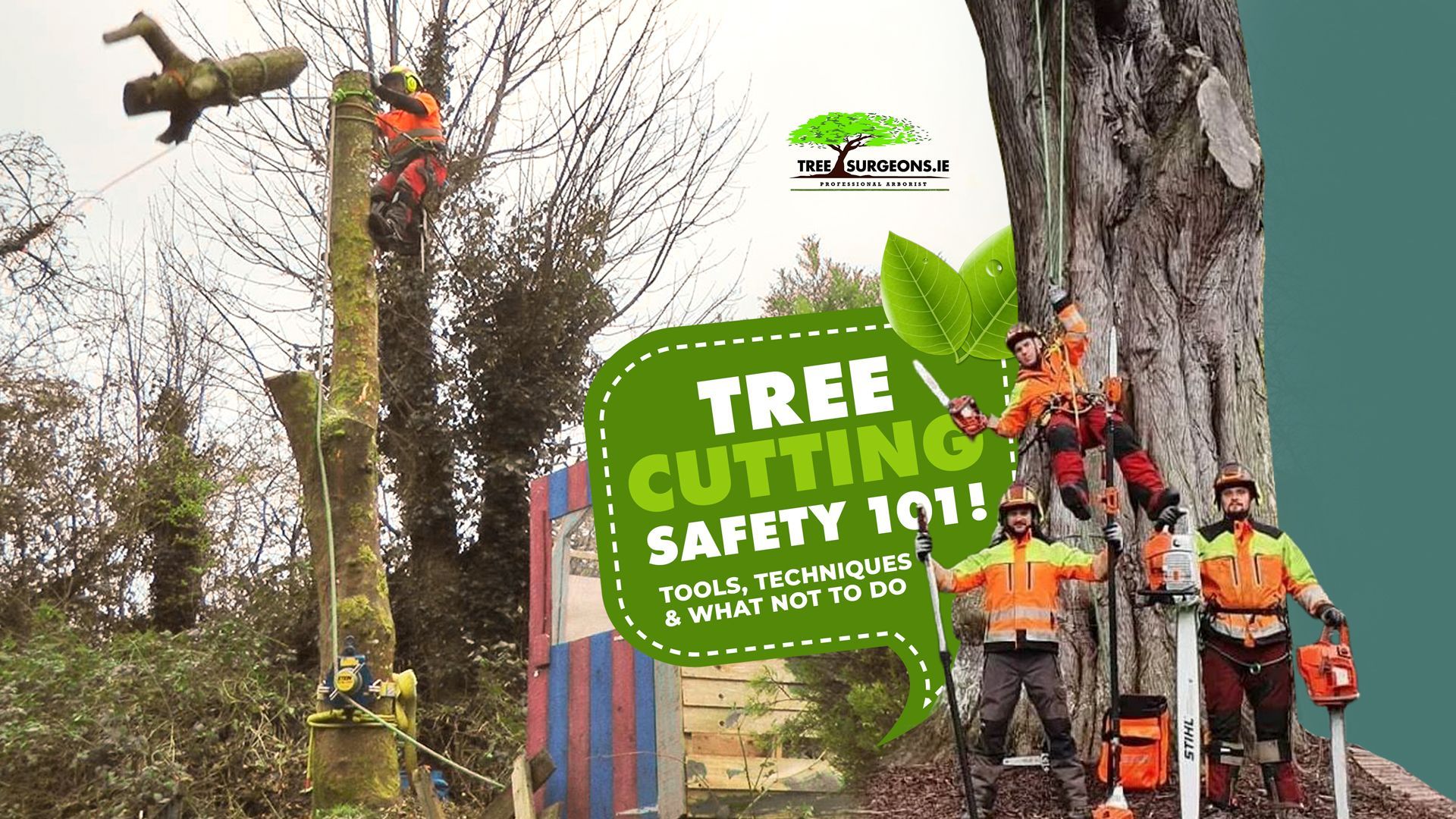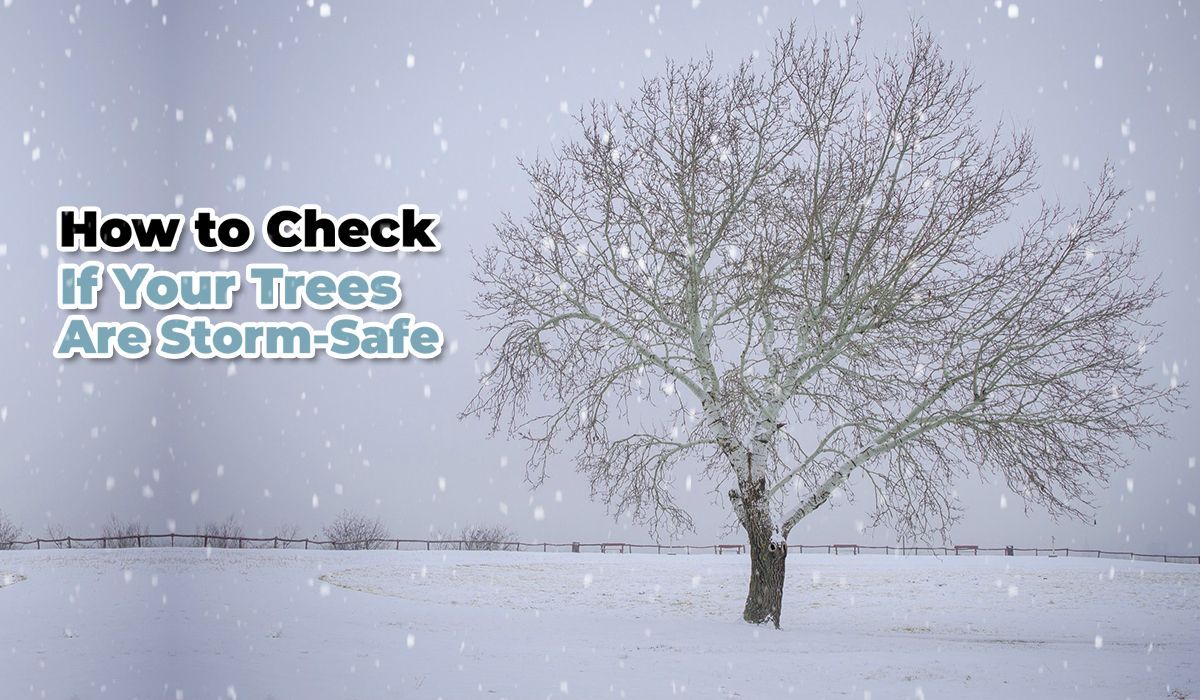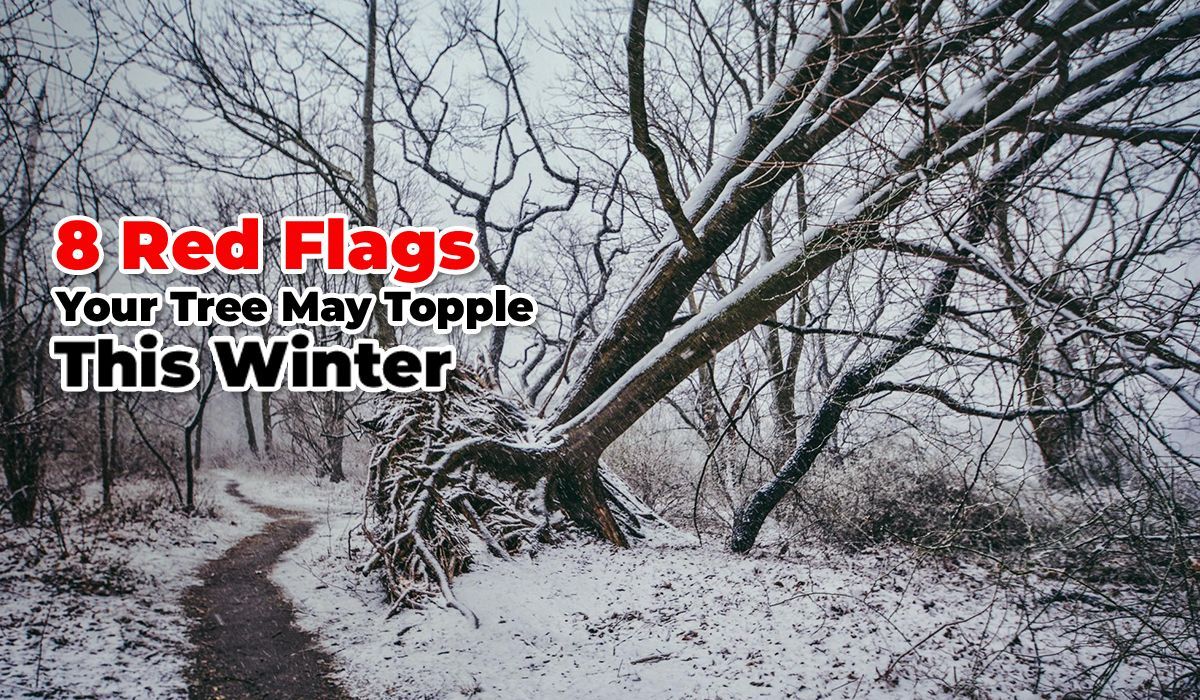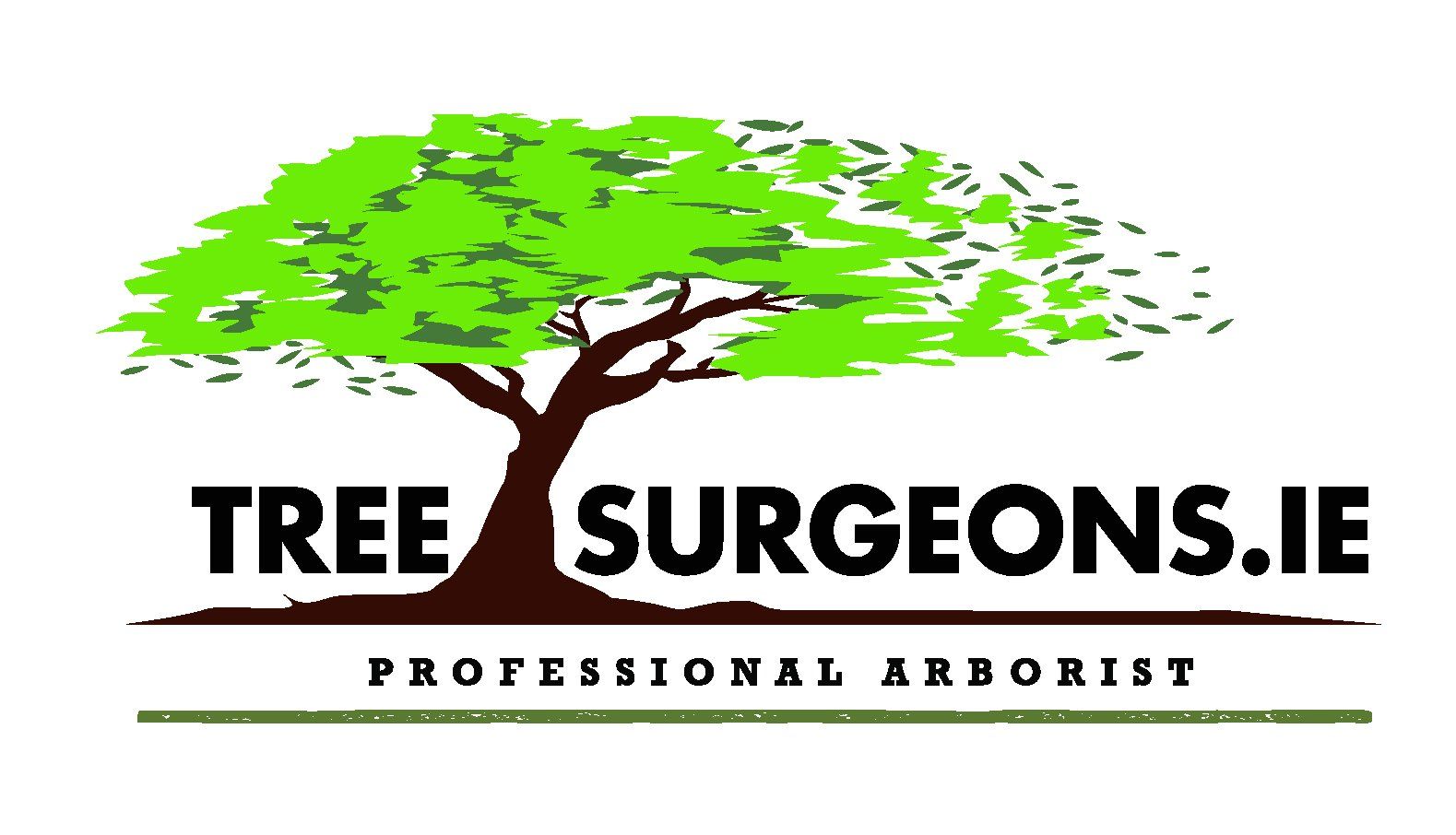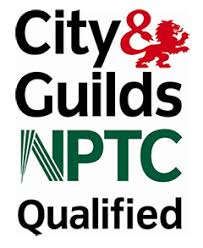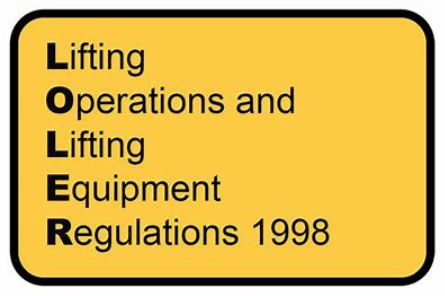Is Your Home at Risk? 6 Critical Signs for Tree Removal Before Winter
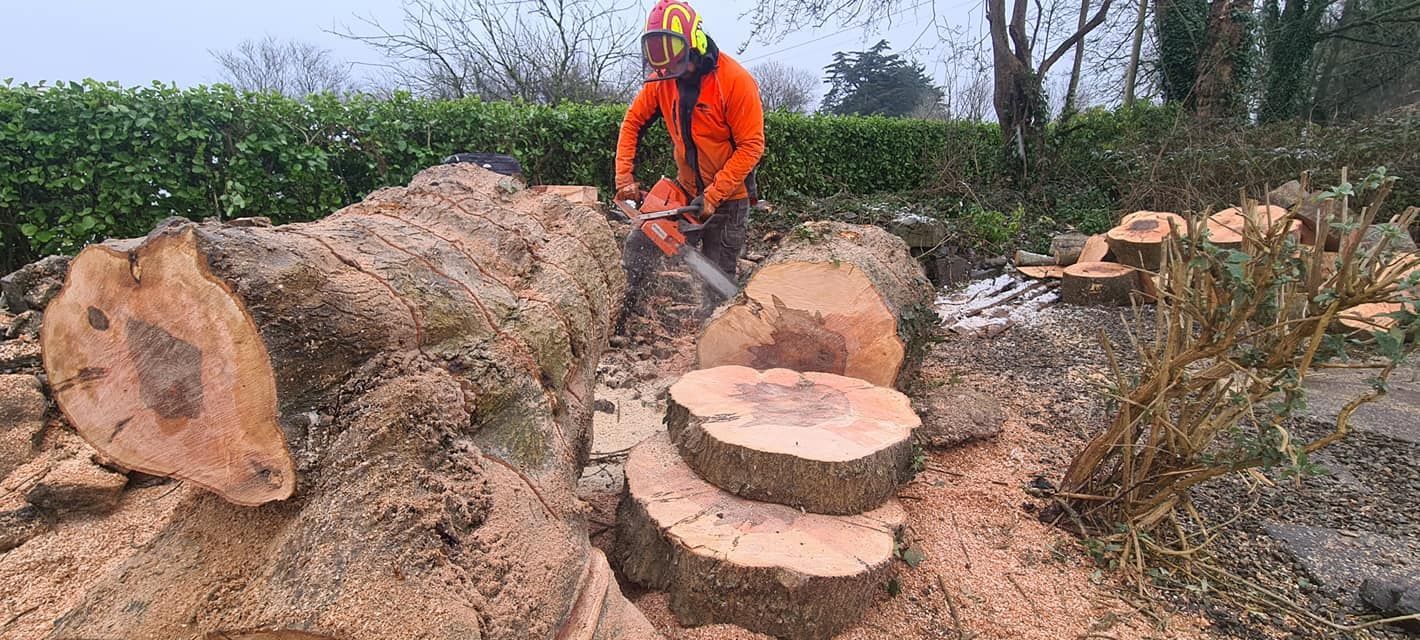
Have you ever thought about the risks that might be lurking in your garden when winter comes? As an Irish homeowner, you might consider a large, mature tree to be a source of pride, beauty, and shade. But with the blow of winds, heavy rain, and saturated soil, a tree's weaknesses become exposed. A tree that looks apparently ‘OK’ can suddenly become a significant hazard, threatening you and your nearby neighbours.
If you notice any critical signs, it is advisable to consult a professional arborist. They can provide a thorough assessment and recommend the safest course of action for Tree Removal in Ireland. Ignoring these warning signs is not worth the risk. By learning to recognise the critical signs that a tree may not be safe, you can take the necessary precautions. Before the worst of the winter weather sets in, it’s a must. Let’s know more through the blog.
Winter Tree Danger: 6 Critical Signs for Irish Homeowners
The Irish winter is very variable, characterised by high winds, heavy rain, and saturated ground, all of which can pose a significant threat to even the most seemingly sturdy trees. But how can you tell if a tree in your garden is a potential threat just waiting to be exposed by the bad weather? Ignoring the subtle and not-so-subtle warning signs may cause serious property damage or life injury. That’s why you should not ignore the following 6 signs.
1. It’s leaning noticeably
Some trees naturally grow with a slight lean, but a sudden or increasing tilt is a sure red flag. This can indicate root damage or instability, especially if the lean is more than 15 degrees. You should inspect the soil around the base of the tree. If it is lifting, cracked, or heaving on one side, this is a sure sign of a shifting root ball. An unstable tree is far more likely to topple during a winter storm.
2. Already Dead or Falling Branches
Large, dead limbs, particularly in the upper canopy, pose a constant threat. These branches can snap and fall at any time, but the risk increases dramatically in high winds. You can often spot dead limbs because they will lack leaves when they should have them. They also feel brittle and may have peeling bark. A significant amount of deadwood can be a sign of deeper health issues within the tree.
3. Cracks and holes in the Trunk or Bark
A tree's bark is known as its protective shield. Visible cracks, splits, or cavities in the trunk are serious concerns. These can compromise the tree's structural integrity, making it vulnerable to splitting or breaking under stress. Pay close attention to the areas where large branches join the trunk. Deep cracks or vertical splits can indicate internal decay. This decay weakens the wood from the inside out, even if the tree looks sound from a distance.
4. Root Damage
We all know that a tree's root system is its anchor. When damage occurs here, it can make even a massive tree unstable. Problematic signs on the root can be subtle, but include mushrooms or other fungi growing around the base of the trunk. This fungal growth often shows internal root rot. Other clues include heaving soil, exposed roots, or a sudden lack of new growth in the tree's canopy. In Ireland's often-saturated winter ground, compromised roots are particularly dangerous.
5. Extreme Deadwood or a Thin Canopy
Dead branches are a problem; a canopy that is sparse or contains excessive deadwood is another indicator of poor health. This can be a sign of disease, drought stress, or advanced age. If your tree has shed its leaves and the branch structure looks thin and lifeless compared to neighbouring trees, it is likely in decline. A tree that has to shed limbs to survive is a sign that it is under severe stress.
6. Pests and Rodents
Maybe you are aware of the fact that pests and rodents can weaken a tree, making it susceptible to winter damage. See if there are signs of infestation, such as holes in the bark, oozing sap, or a change in the bark's appearance. Fungi, in particular, can signal internal decay and compromise the tree's stability. These issues may not seem urgent in milder weather, but they will certainly be exacerbated by winter's stresses.
What we recommend for you
Just come to us at Tree Surgeons & Pro Gardening. With over a decade of experience, we are the qualified team you can trust for professional tree care in Ireland. Our use of mountaineering methods and rope systems allows us to handle even the most complex jobs with safety and efficiency.
Our team is fully insured for Professional tree surgery in Ireland and equipped with European and Irish-certified gear. For private, commercial, or public entities, rely on our expertise and commitment to quality. Contact us today for any emergent assistance with a professional assessment.
